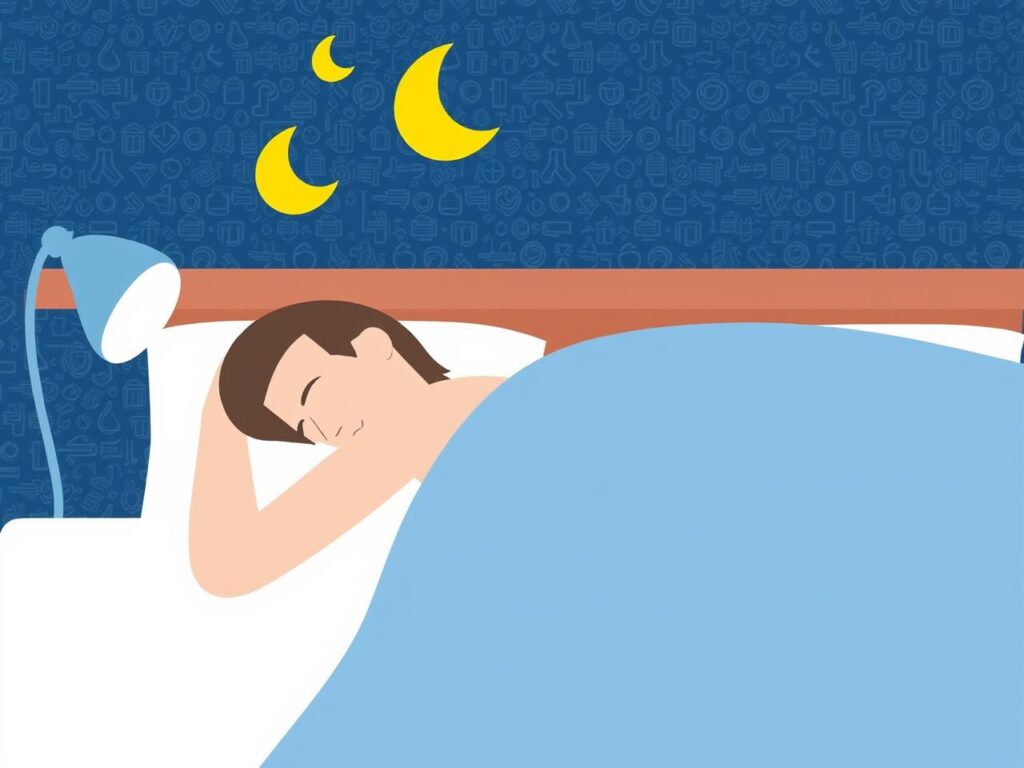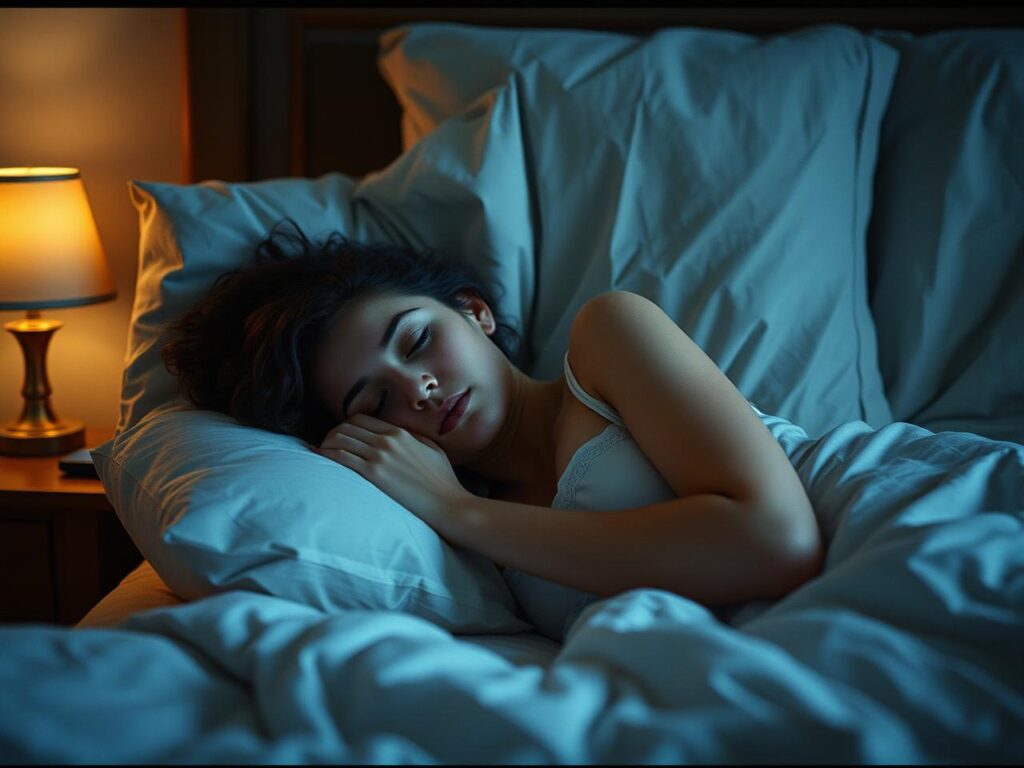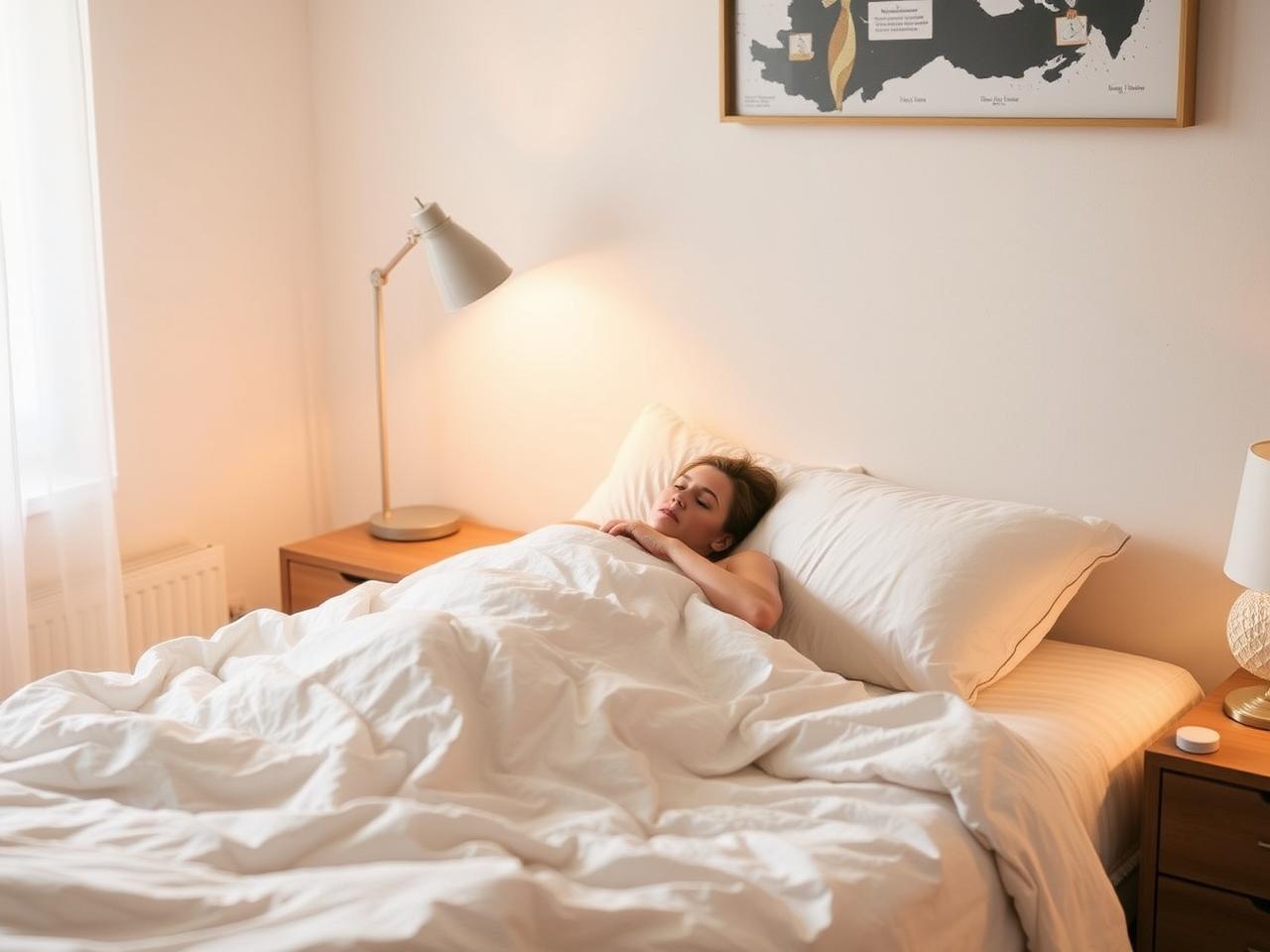Why Your Bed Only Feels Perfect When You Need to Wake Up
The experience of waking up in the morning varies significantly among individuals. Some people awaken feeling refreshed and energized, while others find it challenging to get out of bed, experiencing grogginess and disorientation. The quality of sleep during the night largely determines one’s morning state.
Several factors influence sleep quality, including the mattress, pillows, and bedding. Achieving optimal morning comfort involves balancing feelings of restfulness with the desire for additional sleep. Understanding the components of a good night’s sleep and consistently implementing them is crucial.
Sleep quality is not solely determined by the number of hours spent in bed but also by the depth and continuity of sleep during that time. Many individuals continually seek to improve their sleep habits and environment to enhance their morning comfort and overall well-being.
Key Takeaways
- The Mystery of the Morning Comfort: Finding the perfect morning comfort is a personal journey that involves understanding individual preferences and needs.
- The Science Behind the Snooze: Understanding the science of sleep and the impact of snoozing on the body can help in creating a better morning routine.
- The Battle of the Bedtime Bliss: Creating a relaxing bedtime routine and environment is essential for a good night’s sleep.
- The Elusive Quest for the Perfect Pillow: Finding the right pillow is crucial for neck and spine support, and it may require some trial and error.
- The Frustration of the Fluffy Duvet: Balancing warmth and weight in a duvet can be a challenge, but it’s important for a comfortable night’s sleep.
- The Tug-of-War with the Top Sheet: Some people love it, some people hate it, but the top sheet can be a divisive element in the quest for comfort.
- The Bittersweet Symphony of the Morning Alarm: Waking up to an alarm can be tough, but establishing a consistent wake-up routine can make it easier.
The Science Behind the Snooze

The Promise of Extra Sleep
The snooze button on an alarm clock is a familiar friend to many people, offering the promise of a few extra minutes of precious sleep before facing the day. But what is the science behind the snooze?
The Science Behind the Snooze
The science behind the snooze lies in the body’s natural sleep cycles. When we sleep, we go through different stages of sleep, including light sleep, deep sleep, and REM (rapid eye movement) sleep. Waking up in the middle of a deep sleep cycle can leave us feeling groggy and disoriented, which is why hitting the snooze button and allowing ourselves to drift back into a lighter sleep can feel so appealing.
The Consequences of Snoozing
However, this can also disrupt our natural sleep patterns and leave us feeling even more tired when we finally do get out of bed. Understanding the science behind the snooze can help us make more informed decisions about our sleep habits and find healthier ways to wake up feeling refreshed.
The Battle of the Bedtime Bliss

The battle of bedtime bliss is a struggle that many people face when trying to wind down for the night. In today’s fast-paced world, it can be difficult to switch off our minds and relax enough to fall asleep peacefully. The battle of bedtime bliss is often fought on multiple fronts, including stress, anxiety, and the distractions of modern technology.
Finding bedtime bliss is about creating a peaceful and calming environment that promotes relaxation and restful sleep. This can involve establishing a bedtime routine, such as reading a book or taking a warm bath, to signal to the body that it’s time to wind down. It can also involve creating a comfortable sleeping environment, with a supportive mattress, cozy bedding, and a cool, dark room.
The battle of bedtime bliss is an ongoing struggle for many people, but with the right strategies and habits, it is possible to achieve a sense of calm and tranquility before drifting off to sleep.
The Elusive Quest for the Perfect Pillow
The quest for the perfect pillow is a journey that many people embark on in search of better sleep. A pillow plays a crucial role in supporting the head and neck during sleep, and finding the right one can make a significant difference in how comfortable and restful one’s sleep will be. However, the quest for the perfect pillow can be elusive, as there are countless options available on the market, each claiming to offer the ultimate comfort and support.
The perfect pillow is a highly personal choice, as it depends on factors such as sleeping position, body size, and personal preferences. Some people may prefer a firm pillow for added support, while others may prefer a softer pillow for a more plush feel. Additionally, factors such as allergies and breathing issues can also influence the choice of pillow material.
The elusive quest for the perfect pillow is one that requires patience and experimentation, as it may take some trial and error to find the ideal pillow that provides the perfect balance of comfort and support.
The Frustration of the Fluffy Duvet
The frustration of the fluffy duvet is a common experience for many people who struggle with overheating during the night. While a fluffy duvet can provide warmth and comfort, it can also trap heat and lead to discomfort and disrupted sleep. Finding the right balance between warmth and breathability is essential for achieving a comfortable and restful night’s sleep.
The frustration of the fluffy duvet can be particularly challenging during the changing seasons when temperatures fluctuate. It can be difficult to find a duvet that provides enough warmth during colder nights without causing overheating during warmer nights. Additionally, factors such as room temperature and individual body temperature regulation can also influence how comfortable one feels with a fluffy duvet.
Finding ways to regulate body temperature, such as using breathable bedding materials or adjusting room temperature, can help alleviate the frustration of the fluffy duvet and promote better sleep quality.
The Tug-of-War with the Top Sheet

The Benefits of the Top Sheet
For many, the top sheet provides an extra layer of softness and warmth that enhances their sleeping experience. It can also help keep bedding clean and provide a barrier between the body and heavier blankets or duvets.
The Drawbacks of the Top Sheet
On the other hand, some people find that the top sheet tends to get tangled or bunched up during the night, leading to frustration and discomfort. This can disrupt a good night’s sleep and make the bed-making process more complicated.
It All Comes Down to Personal Preference
Ultimately, the decision to use a top sheet or not comes down to individual preferences and habits when it comes to making the bed and creating a comfortable sleeping environment. Whether you’re a fan of the top sheet or not, it’s essential to find a bedding setup that works for you and helps you get a good night’s sleep.
The Bittersweet Symphony of the Morning Alarm
The morning alarm is both a blessing and a curse for many people. While it serves as a necessary tool for waking up on time and starting the day, it can also be a source of stress and anxiety for those who struggle with getting out of bed in the morning. The bittersweet symphony of the morning alarm is a reflection of our complex relationship with time and our daily routines.
For some, waking up to an alarm can feel jarring and disruptive, especially if they are in the middle of a deep sleep cycle. This can lead to feelings of grogginess and disorientation that can linger throughout the day. However, for others, the morning alarm serves as a helpful reminder to start the day on time and stay on schedule.
Finding ways to make waking up to an alarm more pleasant, such as using gentle wake-up lights or soothing sounds, can help transform the bittersweet symphony of the morning alarm into a more harmonious start to the day.
FAQs
What factors contribute to the feeling of a perfect bed when you need to wake up?
Factors that contribute to the feeling of a perfect bed when you need to wake up include the comfort level of the mattress, the quality of the bedding, the temperature of the room, and the alignment of the body during sleep.
How does the comfort level of the mattress affect the feeling of a perfect bed?
The comfort level of the mattress plays a significant role in how a bed feels when you need to wake up. A mattress that provides adequate support and cushioning can contribute to a more restful and comfortable sleep, leading to a better feeling when waking up.
What role does the quality of bedding play in the feeling of a perfect bed?
The quality of bedding, including the sheets, pillows, and blankets, can greatly impact the overall comfort of the bed. Soft, breathable, and well-maintained bedding can enhance the feeling of a perfect bed when it’s time to wake up.
How does room temperature affect the feeling of a perfect bed?
Room temperature can affect the comfort of a bed, as it can impact the body’s ability to regulate its temperature during sleep. A cool, comfortable room temperature can contribute to a more restful sleep and a better feeling when waking up.
Why is body alignment during sleep important for the feeling of a perfect bed?
Proper body alignment during sleep is important for reducing discomfort and promoting better sleep quality. A bed that supports the natural alignment of the body can contribute to a more comfortable and restful sleep, leading to a better feeling when waking up.







